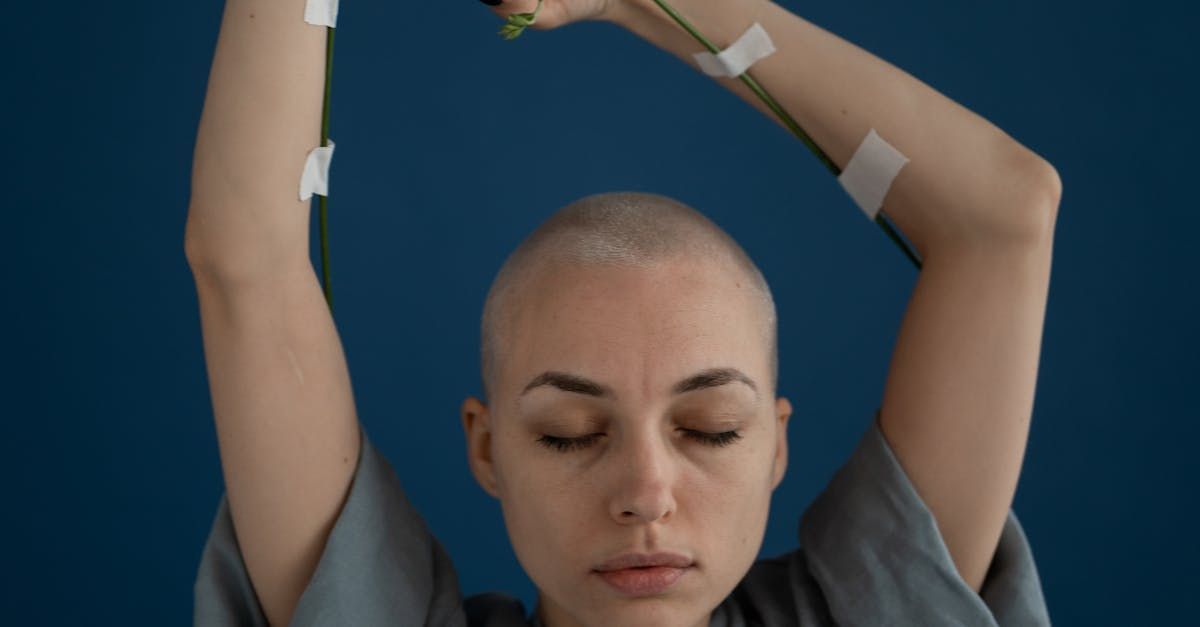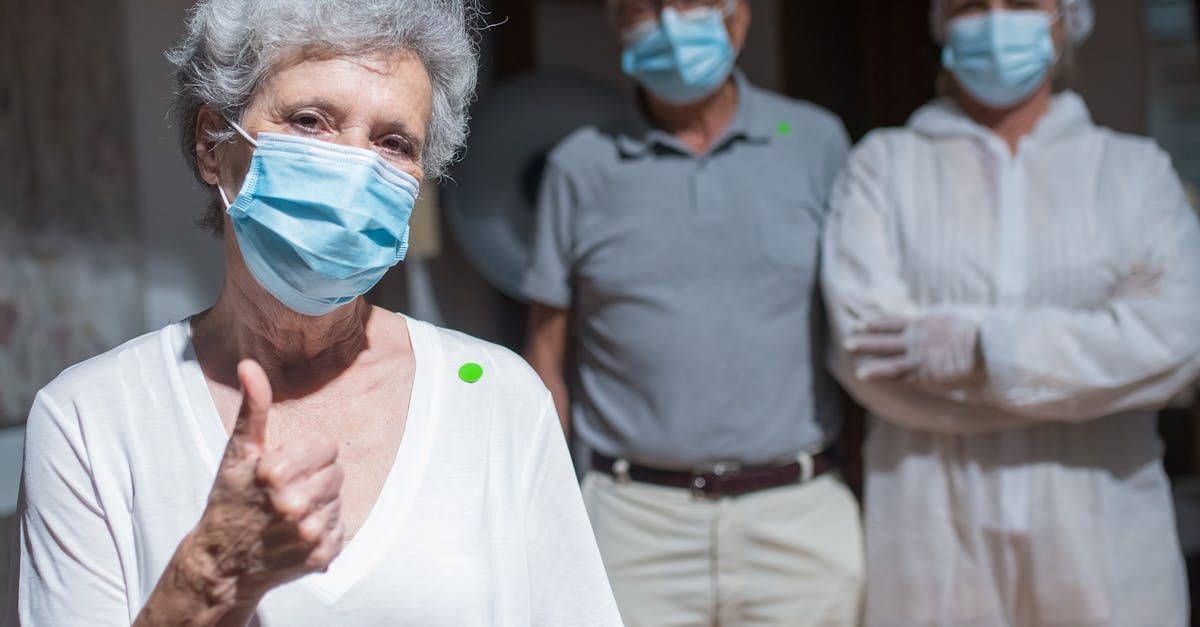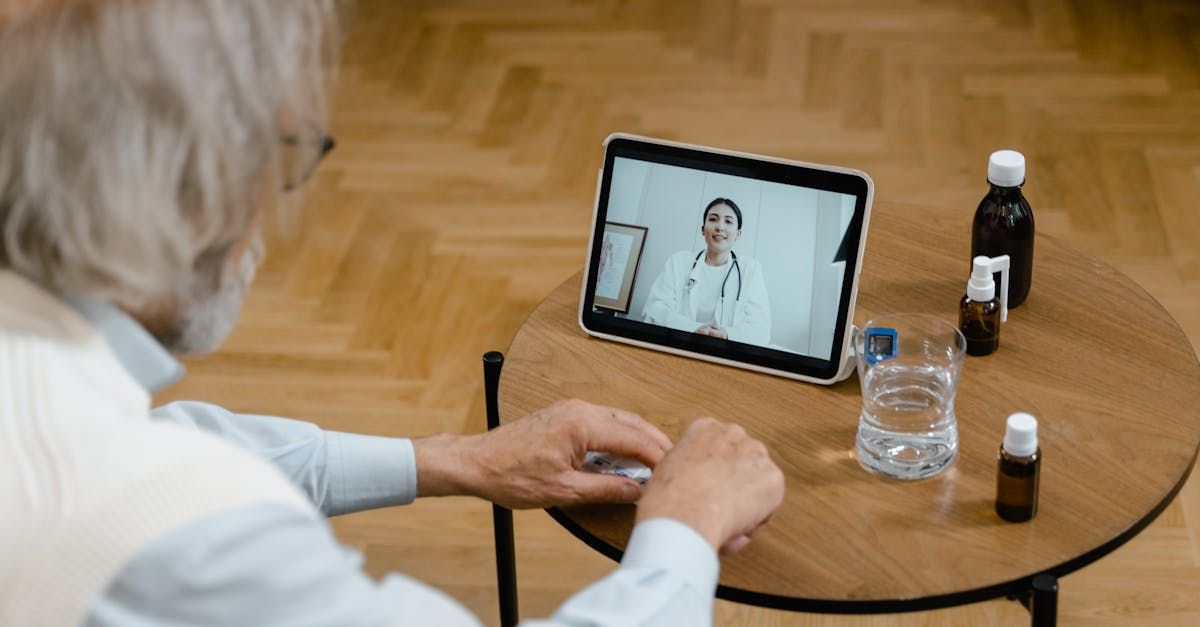The Role of Social Media in Patient Recruitment for Clinical Trials
Clinical trials are a cornerstone of medical research, providing critical data on the efficacy and safety of new treatments and interventions. However, recruiting a sufficient number of participants is one of the most challenging aspects of conducting a clinical trial. Effective recruitment is essential to ensure that trials are adequately powered to detect differences between treatment groups and to make the findings generalizable. Traditionally, recruitment has relied on methods such as physician referrals, print advertisements, and community outreach. However, these approaches can be time-consuming, costly, and often fail to reach diverse and underrepresented populations.
In recent years, social media has emerged as a powerful tool for patient recruitment in clinical trials. With billions of users worldwide, platforms like Facebook, Twitter, Instagram, and LinkedIn offer unprecedented opportunities to reach potential participants. Social media's ability to target specific demographics and interests, combined with its interactive and engaging nature, makes it a valuable asset for clinical researchers. This blog explores the strategies and challenges associated with using social media for patient recruitment in clinical trials and examines its impact on study enrollment and engagement.
The Rise of Social Media in Patient Recruitment
The growth of social media platforms over the past decade has been nothing short of meteoric. Facebook, for example, boasts over 2.8 billion monthly active users, while Instagram and Twitter have over 1 billion and 330 million users, respectively. This widespread adoption provides a vast audience that can be segmented based on a variety of factors, including age, gender, location, and interests. For clinical trials, this means the ability to reach a highly targeted group of potential participants quickly and efficiently.
One of the key advantages of social media in patient recruitment is its ability to access diverse patient populations. Traditional recruitment methods often fail to reach certain groups, such as minorities, people in rural areas, or those with specific medical conditions. Social media, however, can bridge these gaps by reaching people in their daily online environments. This is particularly important in ensuring that clinical trials are representative of the broader population and that the results are generalizable to various demographic groups.
Several successful recruitment campaigns using social media have demonstrated its potential. For instance, a study investigating a new treatment for a rare disease used Facebook ads to recruit participants, resulting in a significantly faster and more cost-effective recruitment process than traditional methods. Another campaign targeting young adults for a mental health study used Instagram to share relatable content and personal stories, leading to high engagement and enrollment rates. These examples highlight the versatility and effectiveness of social media in reaching and engaging potential trial participants.
Strategies for Using Social Media in Patient Recruitment
To harness the full potential of social media for patient recruitment, it is essential to employ well-thought-out strategies. These strategies should leverage the unique features of social media platforms and be tailored to the specific needs and goals of the clinical trial.
Targeted Advertising
One of the most effective strategies for patient recruitment via social media is targeted advertising. Platforms like Facebook and Instagram offer advanced targeting capabilities, allowing researchers to reach specific demographics and psychographics. By utilizing data analytics, researchers can identify potential participants based on their online behavior, interests, and demographics. For example, a study targeting women with breast cancer might use Facebook ads to reach women aged 40-65 who have expressed interest in cancer-related topics. This level of precision not only increases the likelihood of reaching eligible participants but also ensures that the recruitment message resonates with the audience.
Demographic targeting is particularly useful for trials that require participants with specific characteristics, such as age, gender, or location. Behavioral analysis, on the other hand, can help identify individuals who have shown an interest in relevant medical topics or who are members of online health communities. By combining these targeting methods, researchers can create highly personalized and effective recruitment campaigns.
Content Marketing and Engagement
In addition to targeted advertising, content marketing plays a crucial role in social media recruitment. Creating informative and engaging content about the clinical trial is essential to capture the interest of potential participants and to provide them with the necessary information to make an informed decision. This content can take various forms, including blog posts, videos, infographics, and social media posts.
Patient testimonials and stories are particularly powerful in building trust and credibility. Sharing the experiences of past participants can help alleviate concerns and encourage others to participate. For instance, a video interview with a participant who benefited from a trial can provide a compelling narrative that resonates with viewers. Additionally, providing clear and transparent information about the trial's purpose, procedures, and potential benefits and risks can help build trust and encourage participation.
Collaboration with Influencers and Patient Advocates
Another effective strategy is collaborating with influencers and patient advocates. Influencers, especially those with a health or wellness focus, have a loyal following and can significantly amplify the reach of recruitment efforts. Partnering with influencers to share information about the trial can help reach a broader and more engaged audience. For example, a fitness influencer with a large following might promote a clinical trial related to sports medicine, attracting participants who trust the influencer's recommendations.
Patient advocacy groups are also valuable partners in recruitment efforts. These groups often have a deep understanding of specific conditions and a strong connection with the patient community. Collaborating with advocacy groups can lend credibility to the trial and facilitate recruitment among their members. Advocacy groups can help disseminate information about the trial through their networks, newsletters, and social media channels.
Utilizing Multiple Platforms
To maximize outreach, it is essential to leverage multiple social media platforms. Different platforms cater to different demographics and offer unique features that can enhance recruitment efforts. For instance, Facebook is popular among older adults, making it ideal for trials targeting this demographic. Instagram, with its visual focus, is well-suited for sharing engaging images and videos, while Twitter can be used for real-time updates and discussions. LinkedIn, a professional network, is particularly useful for recruiting healthcare professionals or individuals with specific medical expertise.
A multi-channel approach allows researchers to reach a diverse audience and to tailor their messaging to each platform's strengths. By using a combination of platforms, researchers can ensure comprehensive outreach and engage potential participants in various online spaces.
Challenges of Using Social Media in Patient Recruitment
While social media offers numerous advantages for patient recruitment, it also presents several challenges. These challenges must be carefully navigated to ensure ethical and effective recruitment practices.
Regulatory and Ethical Considerations
One of the primary challenges in using social media for patient recruitment is navigating regulatory and ethical considerations. Clinical trials are subject to strict regulations to protect the rights and safety of participants. In the United States, for example, the Health Insurance Portability and Accountability Act (HIPAA) sets standards for protecting sensitive patient information, while the Food and Drug Administration (FDA) provides guidelines for clinical trial advertisements.
When using social media for recruitment, researchers must ensure compliance with these regulations. This includes obtaining informed consent, protecting patient privacy, and ensuring that advertisements and content are accurate and not misleading. Researchers must also be mindful of ethical considerations, such as avoiding coercion or undue influence in recruitment messaging.
Misinformation and Public Perception
Misinformation is a significant challenge in the digital age, and social media is no exception. Misleading or inaccurate information about clinical trials can spread quickly, potentially deterring potential participants or creating unrealistic expectations. Researchers must be proactive in addressing misinformation and providing clear, accurate, and balanced information about the trial.
Public perception is also a critical factor in recruitment efforts. Clinical trials can be viewed with skepticism or mistrust, particularly among communities with a history of medical exploitation or discrimination. Building trust with potential participants is essential, and this can be achieved through transparency, engaging with patient communities, and addressing concerns openly.
Resource and Expertise Requirements
Effectively using social media for patient recruitment requires significant resources and expertise. Managing social media campaigns involves creating and curating content, monitoring engagement, responding to inquiries, and analyzing data. This requires a dedicated team with expertise in digital marketing, social media management, and clinical research.
Budget constraints can also be a challenge, particularly for smaller trials or institutions with limited funding. While social media can be cost-effective compared to traditional recruitment methods, there are still costs associated with advertising, content creation, and staff time. Researchers must carefully plan and allocate resources to maximize the impact of their social media recruitment efforts.
Measuring Effectiveness and ROI
Measuring the effectiveness of social media recruitment campaigns can be challenging. Unlike traditional methods, where the number of participants recruited can be easily tracked, social media involves multiple touchpoints and interactions. Researchers must use a combination of metrics, such as ad impressions, click-through rates, engagement rates, and conversion rates, to assess the success of their campaigns.
Additionally, tracking the return on investment (ROI) for social media recruitment efforts can be complex. While social media can reduce recruitment costs and time, researchers must also consider the resources invested in the campaign. Accurate data collection and analysis are essential to evaluate the effectiveness and cost-effectiveness of social media recruitment strategies.
Impact on Study Enrollment and Engagement
Despite the challenges, social media has a significant impact on study enrollment and engagement. By leveraging the power of digital platforms, researchers can achieve higher levels of awareness, accessibility, and engagement among potential participants.
Increased Awareness and Accessibility
One of the most significant benefits of using social media for patient recruitment is increased awareness and accessibility. Social media allows researchers to reach a broad audience quickly and efficiently, making it easier to inform potential participants about the trial. This is particularly valuable for rare disease studies or trials targeting specific populations that are difficult to reach through traditional methods.
Social media also lowers barriers to participation by providing easily accessible information about the trial. Potential participants can learn about the trial, ask questions, and express interest without leaving their homes. This convenience can lead to higher participation rates, particularly among individuals who may have logistical challenges, such as transportation or childcare, that would prevent them from attending in-person recruitment events.
Enhanced Participant Engagement
Social media not only aids in recruitment but also enhances participant engagement throughout the trial. Platforms like Facebook and Twitter allow for continuous communication with participants, providing updates on the trial's progress, reminders for appointments, and educational content about the condition being studied. This ongoing engagement helps keep participants informed and motivated, reducing dropout rates and improving retention.
Building a community around the trial is another benefit of social media. By creating groups or forums for participants, researchers can foster a sense of belonging and support among participants. This community aspect can be particularly valuable for trials involving chronic conditions or rare diseases, where participants may benefit from connecting with others who share similar experiences.
Data Collection and Feedback
Social media also offers opportunities for data collection and feedback. Researchers can use social media platforms to conduct surveys, gather feedback, and monitor participant sentiment. This real-time data can provide valuable insights into participants' experiences and help identify potential issues or areas for improvement.
For example, researchers can use social media polls to gather feedback on the trial's procedures or to assess participants' understanding of the study. This feedback can be used to make adjustments and improve the trial's design and implementation. Additionally, social media can be used for follow-up with participants after the trial, providing updates on the study's findings and maintaining engagement.
Conclusion
The use of social media in patient recruitment for clinical trials is a rapidly evolving field with significant potential. Social media offers unique advantages, such as targeted reach, cost-effectiveness, and the ability to engage with participants in real-time. However, it also presents challenges, including regulatory and ethical considerations, misinformation, and the need for resources and expertise.
As digital technologies continue to advance, the landscape of clinical trial recruitment is likely to shift further towards online and social media-based methods. Researchers, institutions, and sponsors must continue to explore and refine their strategies to leverage the full potential of these platforms while addressing the associated challenges.
As we move towards an increasingly digital world, it is crucial for stakeholders in clinical research to consider the ethical and effective use of social media for patient recruitment. By doing so, we can enhance the diversity and inclusivity of clinical trials, improve patient engagement, and ultimately advance medical research. We invite readers to share their experiences, insights, or opinions on the use of social media in clinical trial recruitment. Additionally, for those interested in learning more, numerous resources are available to explore best practices and strategies for leveraging social media in this context. Together, we can harness the power of social media to improve patient recruitment and contribute to the advancement of healthcare and medical knowledge.










